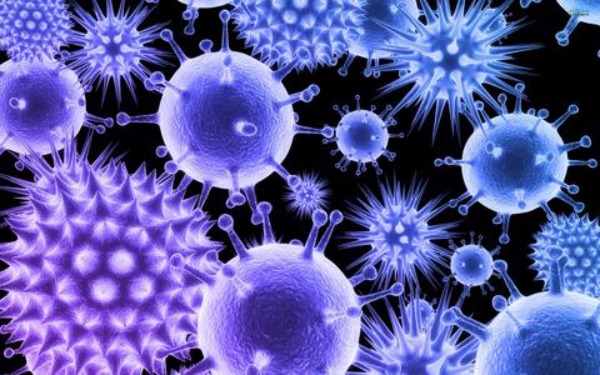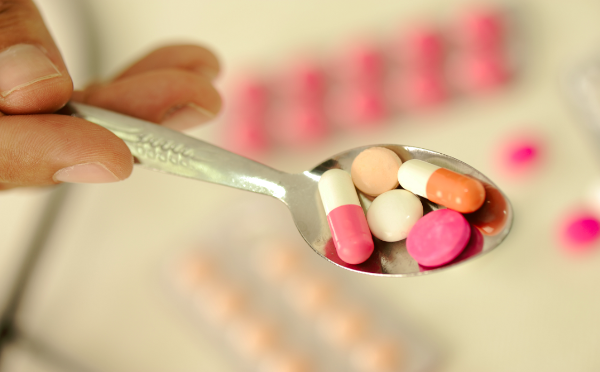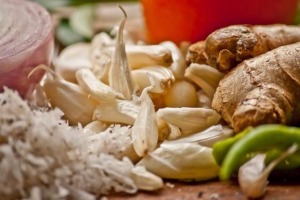
We all know that exercise is great for our health, strengthening both the muscles and the heart. Now new research sheds light on another reason why exercise is so beneficial. The benefit of exercise goes beyond just our muscles and cardiovascular system. Exercise also has dramatic impacts of the gut microbiome which, in turn, has a dramatic impact on overall health.
Exercise Impacts the Microbiome
It is amazing to see the myriad of ways of our bodies and our gut and our lifestyle interconnect. Recent research found that the gut microbiome of people who exercise have a much more diverse and dense population of gut bacteria which is ideal compared to their sedentary counterparts. (1) Research from earlier this year explored the impact of exercise with a variety of diets on the gut microbiome. Both lean and obese exercisers displayed a decreased COX-2, an enzyme that promotes inflammation, as well as increased gut integrity. (2) Exercise plays a powerful role in the health of the gut and its microbiome.
Exercise is Best Early
Exercise at an early age also has a profound impact on the gut microbiome. Researchers found that exercise in early life can alter the gut microbiome for the better, supporting healthier brain and metabolic activity. (3) They weren’t able to pinpoint a certain age but the research showed that the microbiome was more plastic when young and exercise has the most long term beneficial impact on the microbiome during this time. This study seems to show the younger the better when it comes to exercise benefitting the gut microbiome over a lifetime.
Let’s look at what exercise is doing to the gut microbiome.
Bile acids- One of the factors by which exercise causes changes in gut microbiota is the modification of bile acids. Bile acids help break down fats so the body can absorb the necessary lipids from our diets. They also act as anti-microbial agents inhibiting the growth of some bacteria while favoring the growth of others. Several studies have found an inverse relation between the amount of fecal bile acids and physical activity, with the more exercise you get, the less bile acids you have. (4) Rats whose diets were supplemented with bile acid had a change in the microbiota in both diversity and composition. The diet high in bile acids resulted in an increase of the Firmicutes phylum of bacteria that is associated with obesity and decrease of the Bacteroidetes phylum associated with lean metabolic function. (5) This beneficial modification of the bile acids by exercise has a powerful impact on our microbiome for the better.
Short-chain fatty acids- In animal models, it has been observed that exercise increases fecal butyrate levels as well as increasing butyrate-producing bacteria groups (6). More recent research has also found an increase in short chain fatty acids from exercise. (7) Researchers found that moderate exercise increased short chain fatty acids in the gut as much as fiber intake did. This increase in short chain fatty acids fuels the microbiome and shifts the ratio of harmful/beneficial fiber in a positive direction.
Ig-A-mediated mucosal immunity- IgA is a mucousal immunoglobulin that helps fend off pathogens as well keep the gut inflammation in check. An increase of immunoglobulin A (IgA) production and a reduced number of B and CD4 + T cells have been observed in the gut of animals that performed long-term moderate exercise compared to sedentary mice. (8) The increased levels of intestinal IgA caused by exercise may augment the resistance of exercised mice to intestinal pathogen infections, as well as the resistance to colonization by commensal microbiota, ultimately influencing the composition of the microbiota (9). This increased IgA from exercise positively impacts the gut microbiome.
Gut transit time- Moderate exercise reduces intestinal transit time which can impact the microbiome. (10) We know that there are microbiota differences between constipated individuals and those that had regular bowel movements. Normalizing transit time is just another way that exercise can impact the gut microbiome for the better.
Exercise is has powerful actions throughout the body and as we’ve seen, powerful actions on the gut microbiome. Exercise positively influences the diversity and density of the gut microbiome as well as increasing the integrity of the gut and decreasing gut inflammation. Exercise early in life even has the power to influence the make-up of the gut microbiota, influencing health throughout a lifetime. So get those little ones exercising early and often and do yourself a favor and exercise with them!
– Dr. Catherine Clinton
(1) http://www.ncbi.nlm.nih.gov/pubmed/25021423
(2) http://www.ncbi.nlm.nih.gov/pubmed/26954359
(3) http://www.nature.com/icb/journal/v94/n2/abs/icb2015113a.html early life
(4) Physical activity as a determinant of fecal bile acid levels. Wertheim BC, Martínez ME, Ashbeck EL, Roe DJ, Jacobs ET, Alberts DS, Thompson PA Cancer Epidemiol Biomarkers Prev. 2009 May; 18(5):1591-8.
(5) Bile acid is a host factor that regulates the composition of the cecal microbiota in rats. Islam KB, Fukiya S, Hagio M, Fujii N, Ishizuka S, Ooka T, Ogura Y, Hayashi T, Yokota A Gastroenterology. 2011 Nov; 141(5):1773-81.
(6) Voluntary running exercise alters microbiota composition and increases n-butyrate concentration in the rat cecum. Matsumoto M, Inoue R, Tsukahara T, Ushida K, Chiji H, Matsubara N, Hara H Biosci Biotechnol Biochem. 2008 Feb; 72(2):572-6.
(7) http://www.fasebj.org/content/30/1_Supplement/1287.5.short
(8) Effect of moderate exercise on IgA levels and lymphocyte count in mouse intestine. Viloria M, Lara-Padilla E, Campos-Rodríguez R, Jarillo-Luna A, Reyna-Garfias H, López-Sánchez P, Rivera-Aguilar V, Salas-Casas A, Berral de la Rosa FJ, García-Latorre E Immunol Invest. 2011; 40(6):640-56.
(9) The bilateral responsiveness between intestinal microbes and IgA. Macpherson AJ, Köller Y, McCoy KD Trends Immunol. 2015 Aug; 36(8):460-70.
(10) Effect of moderate exercise on bowel habit. Oettlé GJ Gut. 1991 Aug; 32(8):941-4.





Recent Comments